Acne Knows No Age
We’ve all heard it, “Don’t worry, you’ll grow out of it.” But alas, you’re thirty, forty, even fifty and still have acne. It turns out no one is immune to breakouts at any age. Acne can show up as late as your sixties, and it does. Hormones, stress, aging skin, and even genetics are all major contributors to acne. The acne you are experiencing now as an adult isn’t any different than your teen nemesis. So hold on, don’t go reaching for the Noxema pads…your SKIN is different now, so your solutions require a bit of tweaking.
Young skin is resilient, plump, and rapidly self-renewing. But biochemical changes occur as we age. Your cell's metabolism decreases, the skin thins, the rate of healing slows, and natural water and lipid loss in the stratum corneum increases, leaving skin more vulnerable to irritation and barrier disruptions. These changes can create inflammation and allow bacteria into the skin, both of which can contribute to flare-ups. Hello, adult acne.
Hormone fluctuations at different stages in life can trigger breakouts. During pregnancy, the increase in androgen hormones can kick sebum production into overdrive, clogging pores and causing acne. As we continue to age, fluctuations in estrogen, testosterone, insulin resistance, and, again, androgens can cause acne flares. Women going through menopause make up a large percentage of adult acne sufferers. Beginning with perimenopause, estrogen levels drop, but androgen levels remain the same. As a result, sebum production increases without estrogen to balance out the equation. At the same time, cell metabolism is slowing. The increased sebum, plus sluggish cell metabolism can create a buildup of dead skin, clogging pores and causing acne. Post-menopausal skin often becomes drier, which makes it more susceptible to irritation and inflammation, you guessed it, causing acne.
Stress is another trigger for acne. Sebum glands have a receptor for the stress hormone cortisol. Recent studies have shown that when stress increases, so do sebum and inflammation, triggering acne flare-ups. Additionally, it’s thought that the psychological response to stress delays healing. There’s never been a better excuse for some me time, so sit back, read a book, take a bath, or go for a walk!
Now we know the who and the why, so what’s next? Let’s help correct it with the right products. Acne has four main drivers: inflammation, bacteria, cellular debris, and sebum. When combined, they create impactions in the pores. Look for products that have anti-inflammatory, anti-bacterial, and cell-renewing elements. Since adult skin can be more prone to irritation, calming ingredients become even more crucial. You want to thoroughly cleanse, refine, clarify, control, correct, and use SPF daily. UV rays from the sun can trigger inflammation, exacerbating acne. A few products we recommend in your skin care regimen can include benzoyl peroxide, salicylic acid, AHA’s like Mandelic acid, aloe, allantoin, and retinoids.
Benzoyl peroxide is a moderately strong treatment. It is a topical treatment that goes down into the pore and kills bacteria. But, it can dry your skin, so it won’t be a good fit for all adult acne. Salicylic acid, a BHA, is typically milder than benzoyl peroxide. This can be a better treatment option for sensitive skin. It is best to start slow with these acne-fighting ingredients. Use it every other day for the first week or two.
Alpha hydroxy acids, or AHAs, are a group of acids found in milk and fruit sugars, which remove dead skin cells, preventing them from clogging pores, and making them an ideal ingredient for acne. Mandelic acid is a mild AHA that is safe for all skin types and colors. It is even pregnancy safe! It is an antibacterial, anti-inflammatory, exfoliant, and melanin inhibitor.
No acne-fighting regimen, at any age, is complete without a retinoid. They reduce acne by peeling away impactions and increasing cellular turnover, keeping pores clear. Retinoids are used at night and should be introduced slowly. They will cause drying, so finding the correct percentage, proper use, and utilizing hydrating products after is the key to success.
Aloe has potent anti-inflammatory and antiseptic properties. Additionally, the glycoproteins and polysaccharides in aloe nourish and strengthen skin structure, aid in wound healing, and boost collagen production. Aloe is different from a lot of moisturizers, when in a gel form, it doesn’t sit on the skin's surface. Instead, it is quickly absorbed, yet gives the skin much needed hydration.
Allantoin is a natural substance, derived from the comfrey plant, that has long been used for its healing, soothing, and anti-irritating properties. It is a humectant and excellent at maintaining a healthy skin barrier. It is a powerful anti-inflammatory and cell regenerator. Allantoin helps to heal wounds and stimulates the growth of healthy tissue.
Remember, acne can occur at any age. There is no shortage of products on the market geared toward acne reduction. The key is to know the cause of your acne and choose the proper products for your skin type, as well as the reason behind the breakouts. Adult acne is frustrating. Stay the course and be consistent. As a bonus, many of the products that assist with acne also have excellent anti-aging properties!
Emily Giddings, RN


